Photomontage & Photography in Vintage Posters
The June 18, 202 Graphic Design auction featured an array of rare and influential examples of photography in posters. While the popularization of photography and the tradition of printing posters both had origins in the mid-nineteenth century, it wasn’t until the Dada movement at the end of World War I that photomontage was incorporated into poster art. Since the 1920s, photomontage and collage in graphic design have been implemented widely across nations, decades and styles. Lauren Goldberg, a vintage poster specialist at Swann Galleries, writes about some of their auction highlights in the genre.
Russian Constructivism
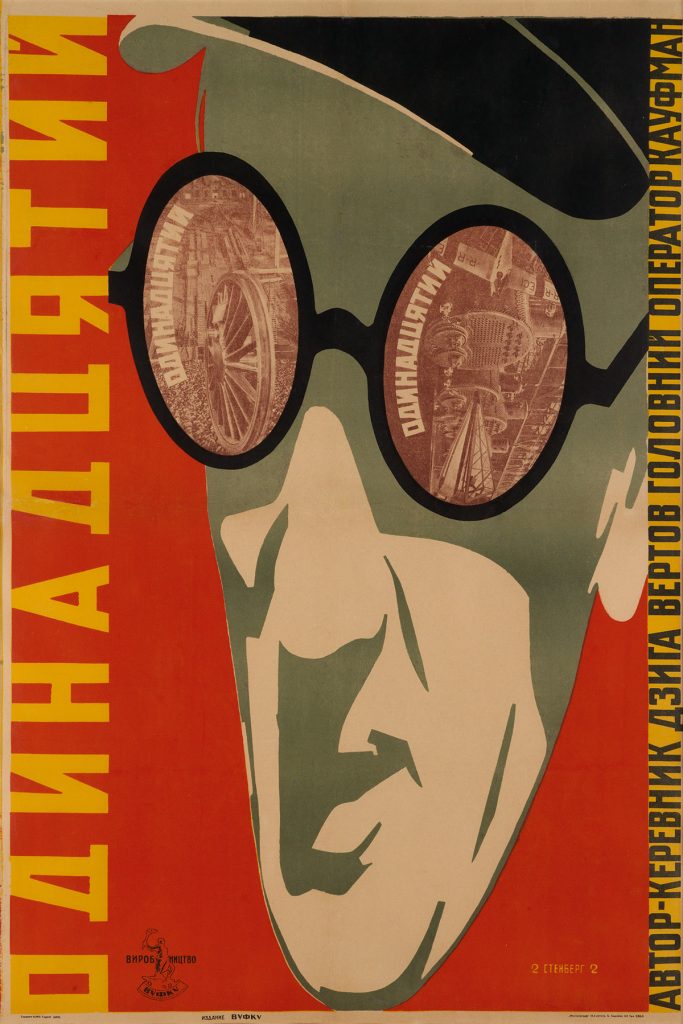
The earliest examples of innovative photographic techniques in our auction are Russian Constructivist works by the inimitable Stenberg Brothers—Vladimir and Georgii. Designing posters for the film industry, they invented their own projector, which would project photographs onto a canvas which they could then trace with verisimilitude, allowing for the appearance of photomontage, when in fact the technique was technically unachievable. As Christopher Mount explains in the catalogue for the exhibition of Stenberg Brothers’ work at New York’s Museum of Modern Art in 1997, “The printing processes then available were inadequate to the reproduction of black-and-white photographs in the size and number demanded of an advertising print run.” Their innovative technique enabled the brothers to distort and manipulate images to their liking—visual freedom that results in theatrical and dynamic compositions. Photographic elements feature prominently in their works, alongside text and bold colors.
Ladislav Sutnar
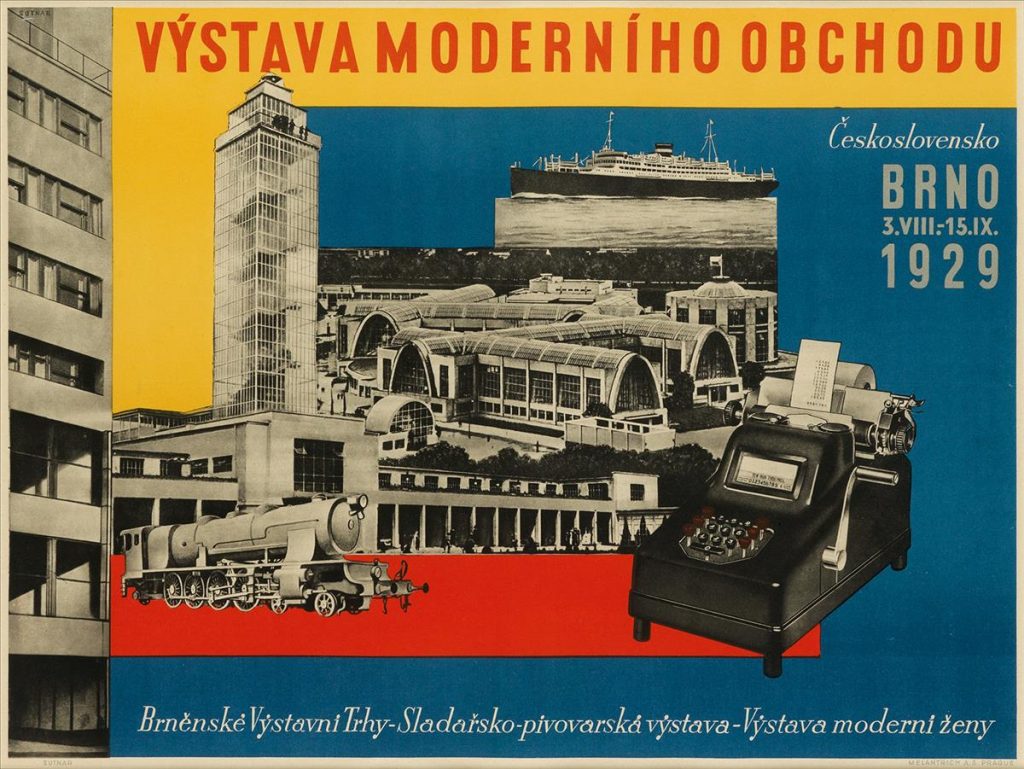
Ladislav Sutnar is believed to be the first Czech designer to have incorporated photomontage into poster design in the 1920s, and by the 1930s, photomontages figured prominently in many of his book jacket designs and were a hallmark of his work. He was a pioneer in the fields of information graphics and corporate identity. His work with functionalism was influenced by the tenets of the Bauhaus and Constructivism.
German Poster Art
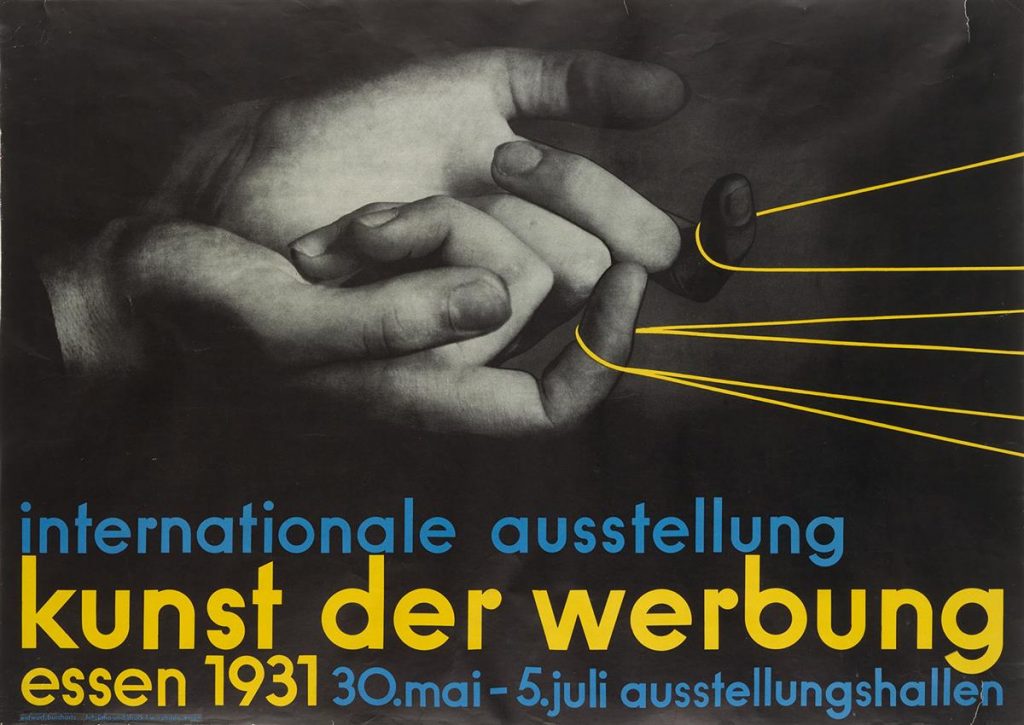
In Germany, designer Max Burchartz created this entrancing “Typophoto”—a marriage of photography and typography, at the same time as the Stenberg Brothers and Ladislav Sutnar. He skillfully draws us in with the graphic conceit of the hands pulling the strings—inviting the viewer to this art exhibition that is literally about advertising art.
Swiss Photomontage
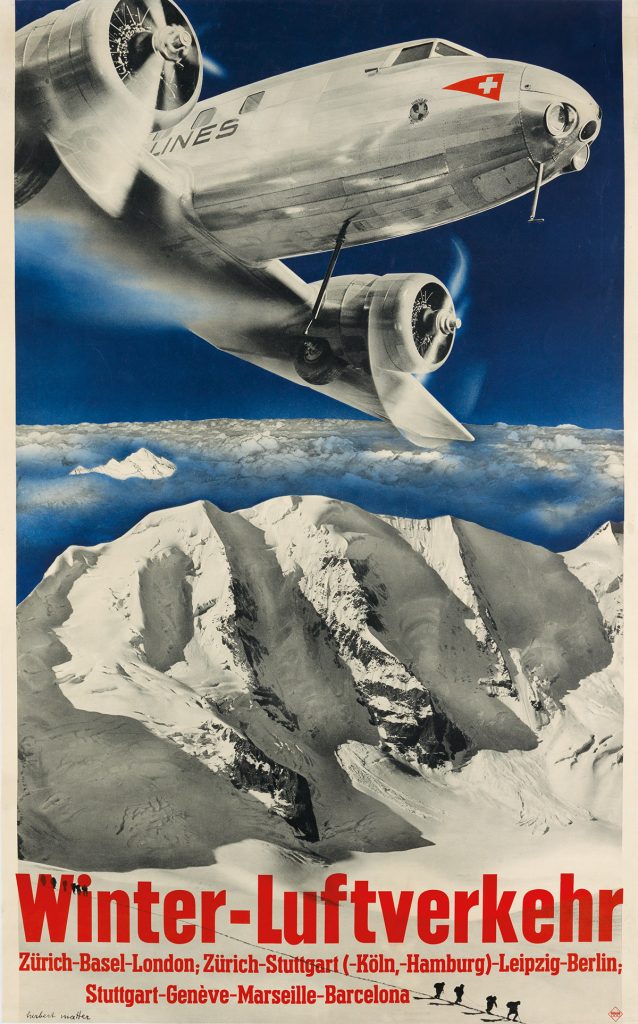
Swiss poster designers during this same decade also turned to photomontage, revolutionizing the travel poster genre. Herbert Matter, a master of photomontage, devised a series of posters promoting travel to Switzerland. These works are composed of close-up images that seem to spring at the public, against cleverly manipulated montage backgrounds.
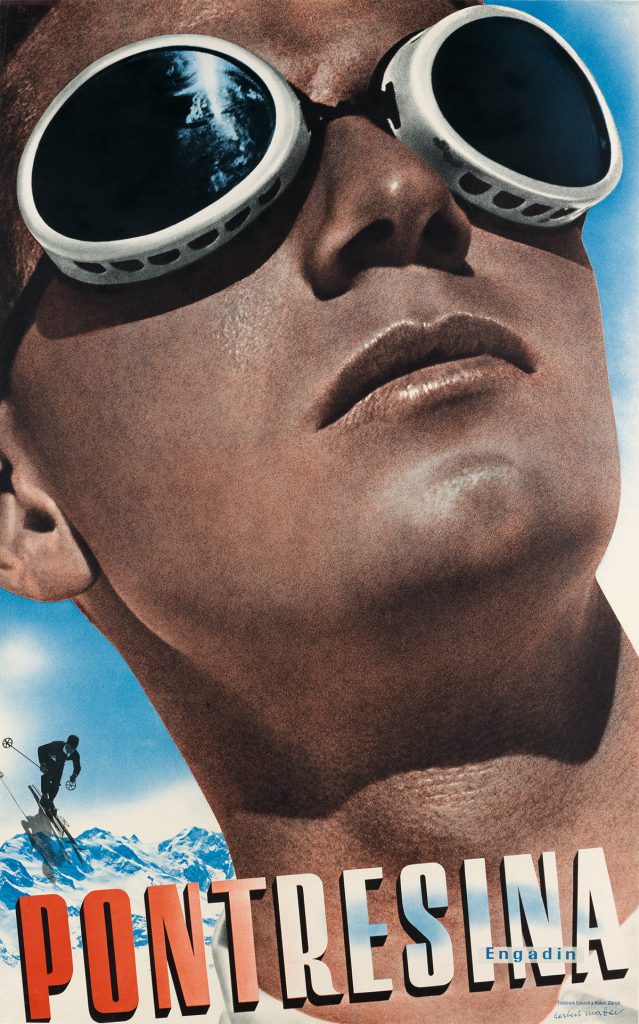
Jan Tschichold
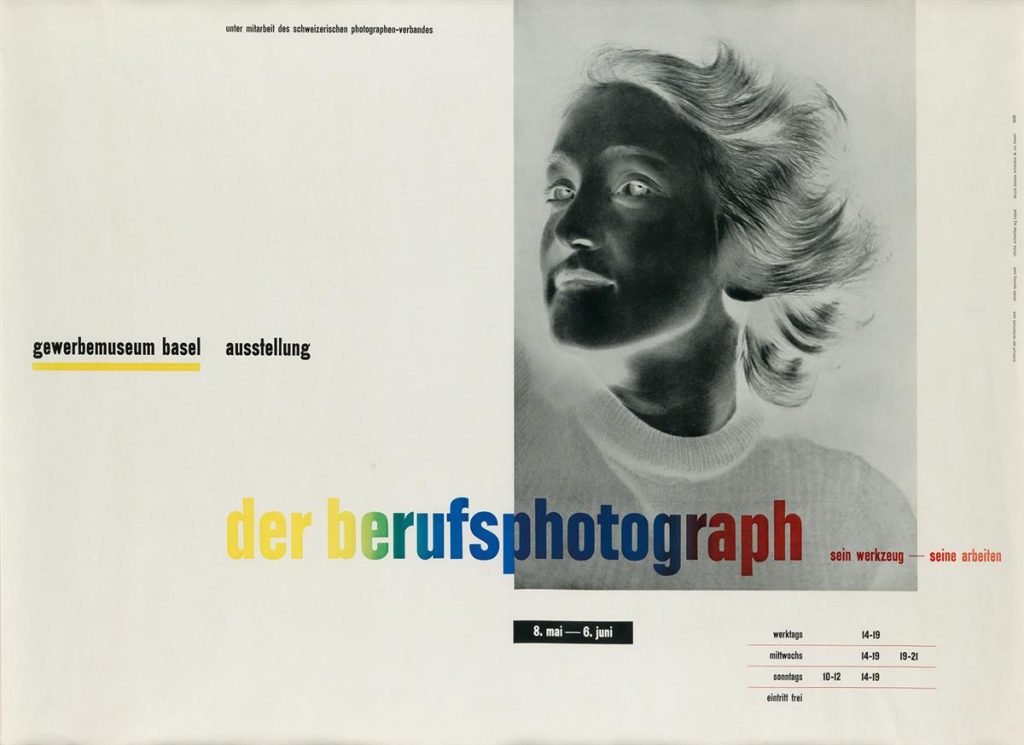
A pioneer in the Typography world, Jan Tschichold also experimented with photography in his poster works. With the influences of the German Bauhaus and Russian Constructivists, he fled to Switzerland, where he also applied the Swiss use of an organized grid system. In Der Berufsphotograph, pictured above, he uses a photographic negative to create a striking portrait image, while referencing one of the techniques that might be seen in the exhibit it advertises.
Bringing Photography to the Object Poster
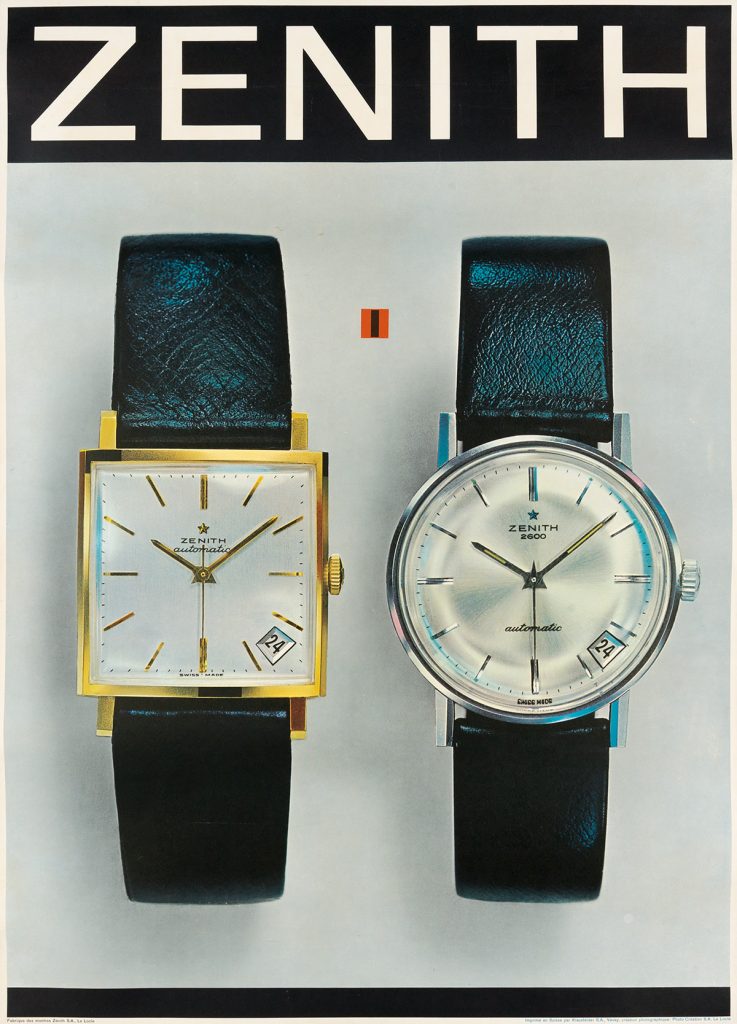
In this more modern poster from 1965, the unidentified artist used photography to create an image that echoes the Swiss Object Poster tradition. Straightforward and focused on the subject of the two watches, with the addition of bold text, the poster adheres to the most basic elements of “Sachplakat.”
American Posters
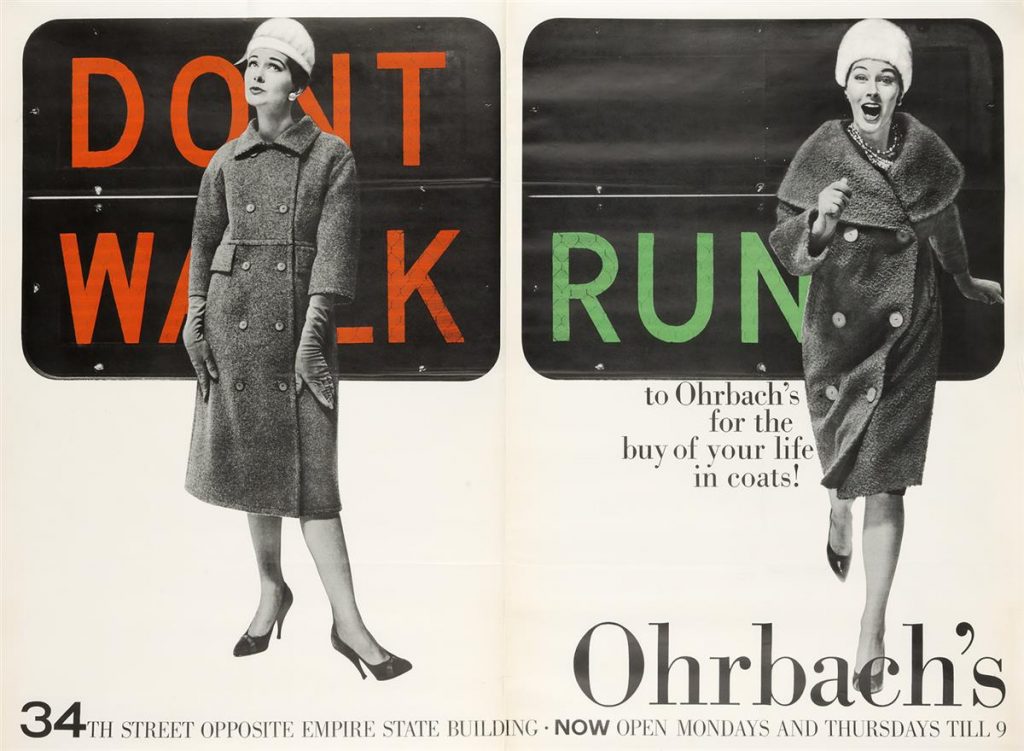
Retail campaigns proved a popular arena for photographic advertising in the U.S. as well. Robert Gage, a renowned art director, oversaw the iconic campaign for Ohrbach’s store, with his shrewd and to-the-point messaging. This eye-catching poster Don’t Walk / Run / Ohrbach’s tells the viewer exactly what they should be doing when they need to go shopping for a good deal. Other successes in Gage’s repertoire were campaigns for Alka-Seltzer, Life Cereal, Polaroid, Cracker Jack, and Levy’s Bread.
Not just an outlet for product advertisement, photographic posters were used in artistic communities, like this Wallace Berman poster for the 2nd Los Angeles Film-Maker’s Festival. Evoking the Stenberg brothers’ tradition of using photo collage to advertise films, both a filmmaker and collagist, Berman created this avant garde composition of photography, text and symbols.
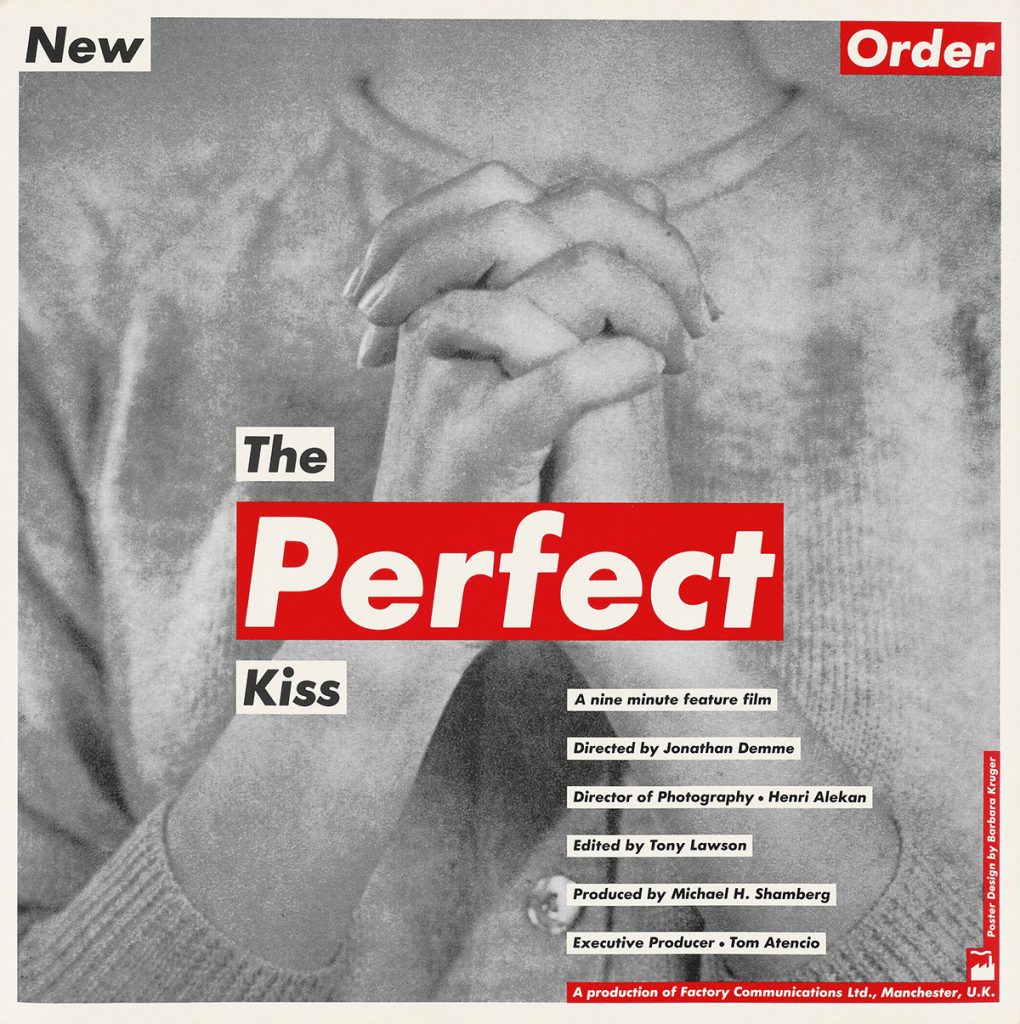
A visual artist best known for her cultural critiques, Barbara Kruger designed this poster advertising New Order’s music video The Perfect Kiss (directed by Johnathan Demme) using her signature melding of black and white photography and bold typeface.
Related Reading: What You Should Know About Collecting Exhibition Posters
Tadanori Yokoo
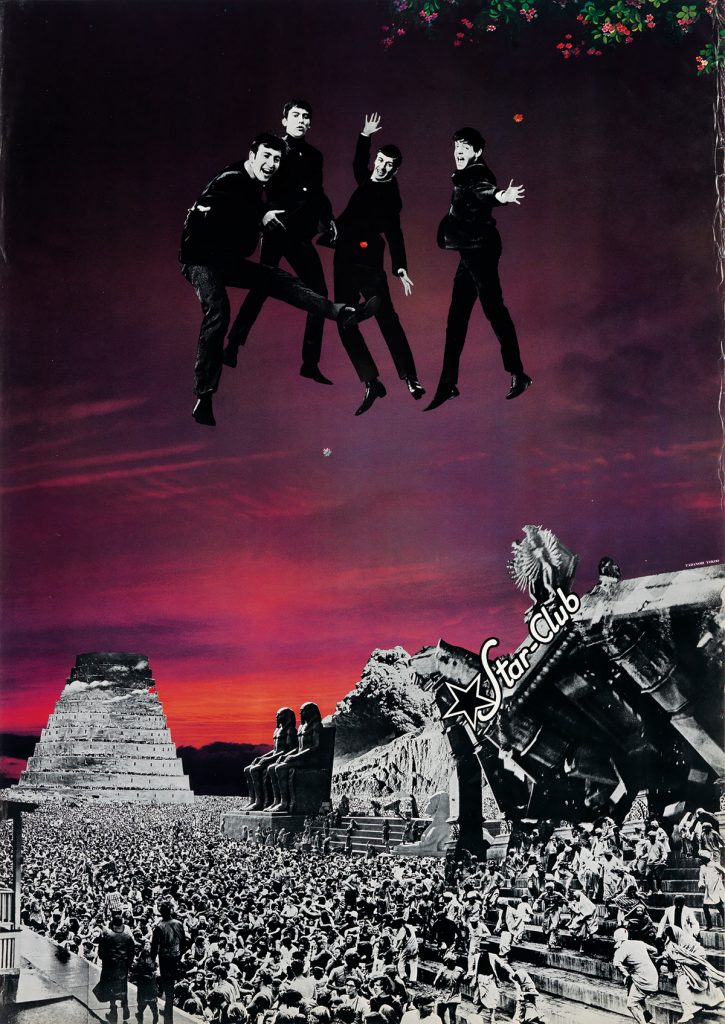
Graphic artist and father of Pop Art in Japan, Tadanori Yokoo, takes photocollage to the extreme in many of his advertising works. With influences from both New York designers and Japanese Filmmakers, Yokoo’s surreal and sometimes even shocking imagery adds to his unique aesthetic.
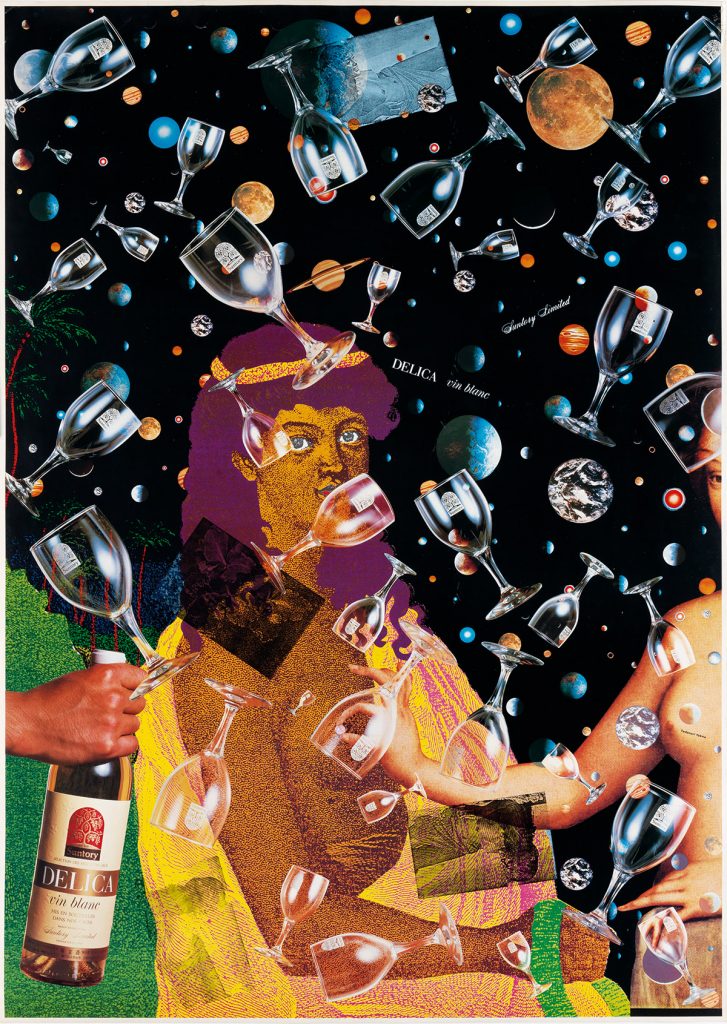
Further Reading: Tadanori Yokoo, Pop Visionary
Do you have a photomontage poster we should look at?
Learn about how to consign to an auction, and send us a note about your item.
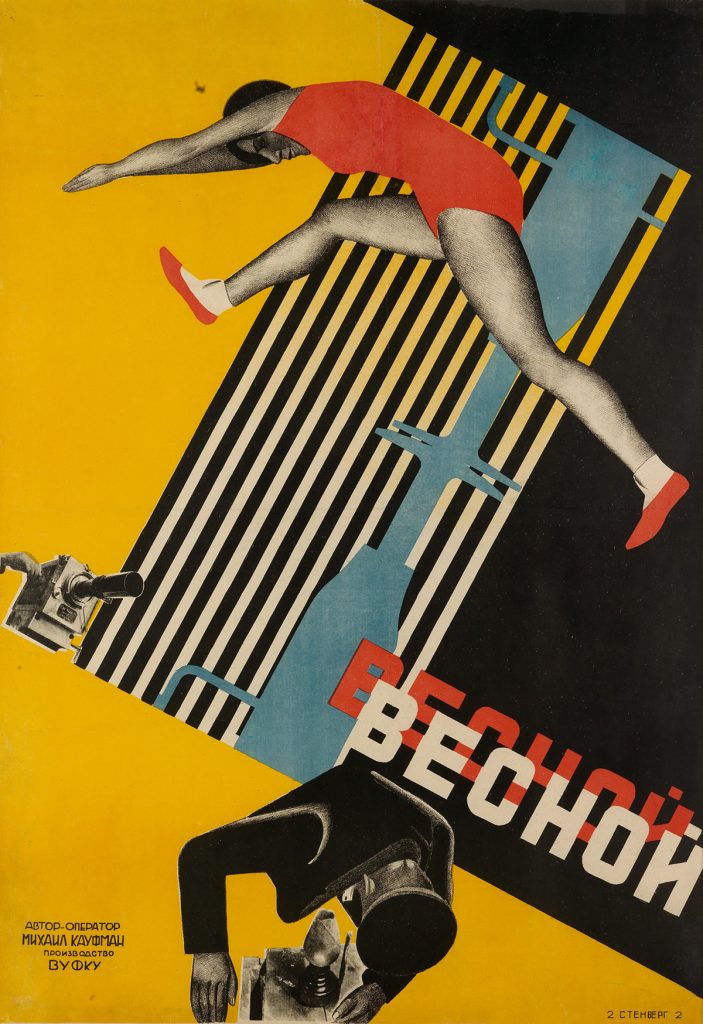
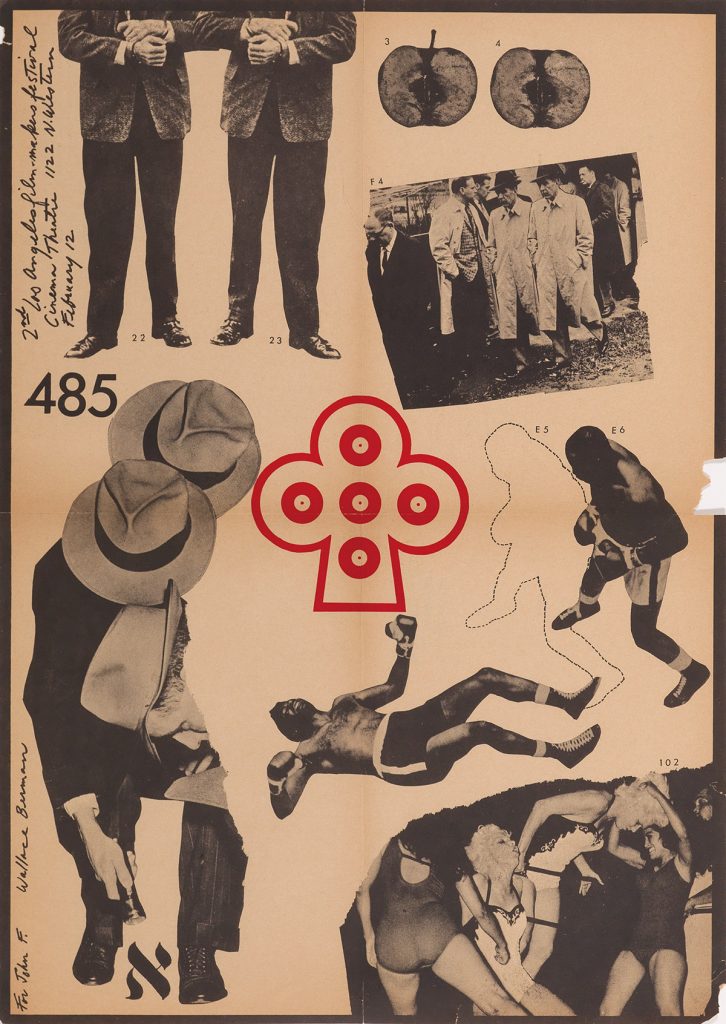
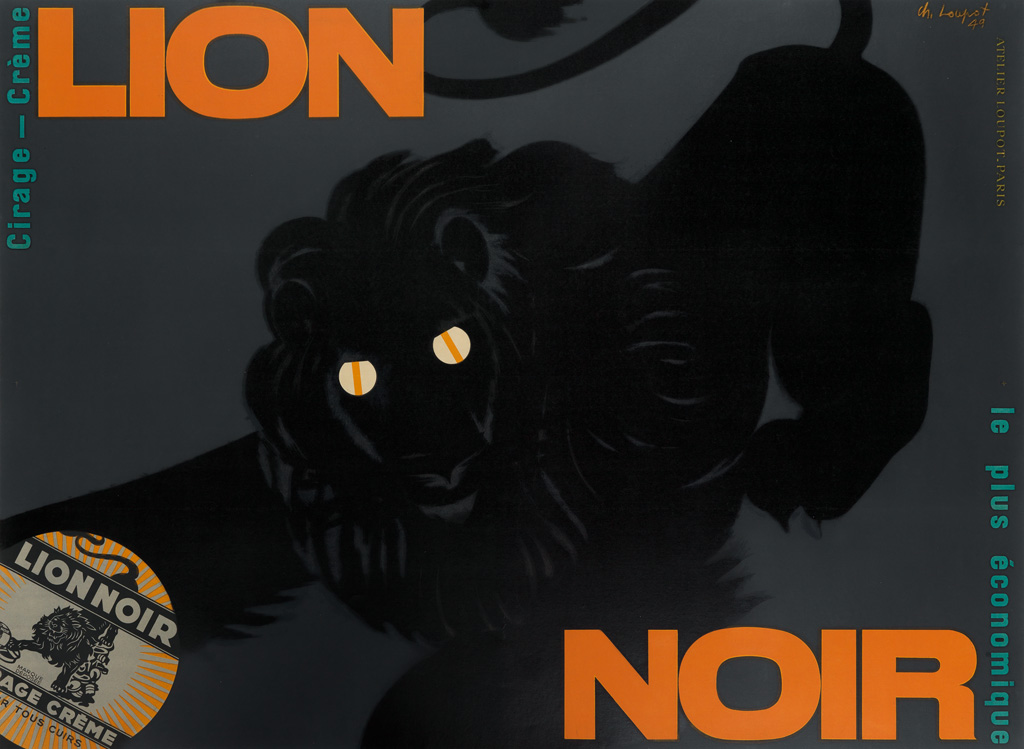
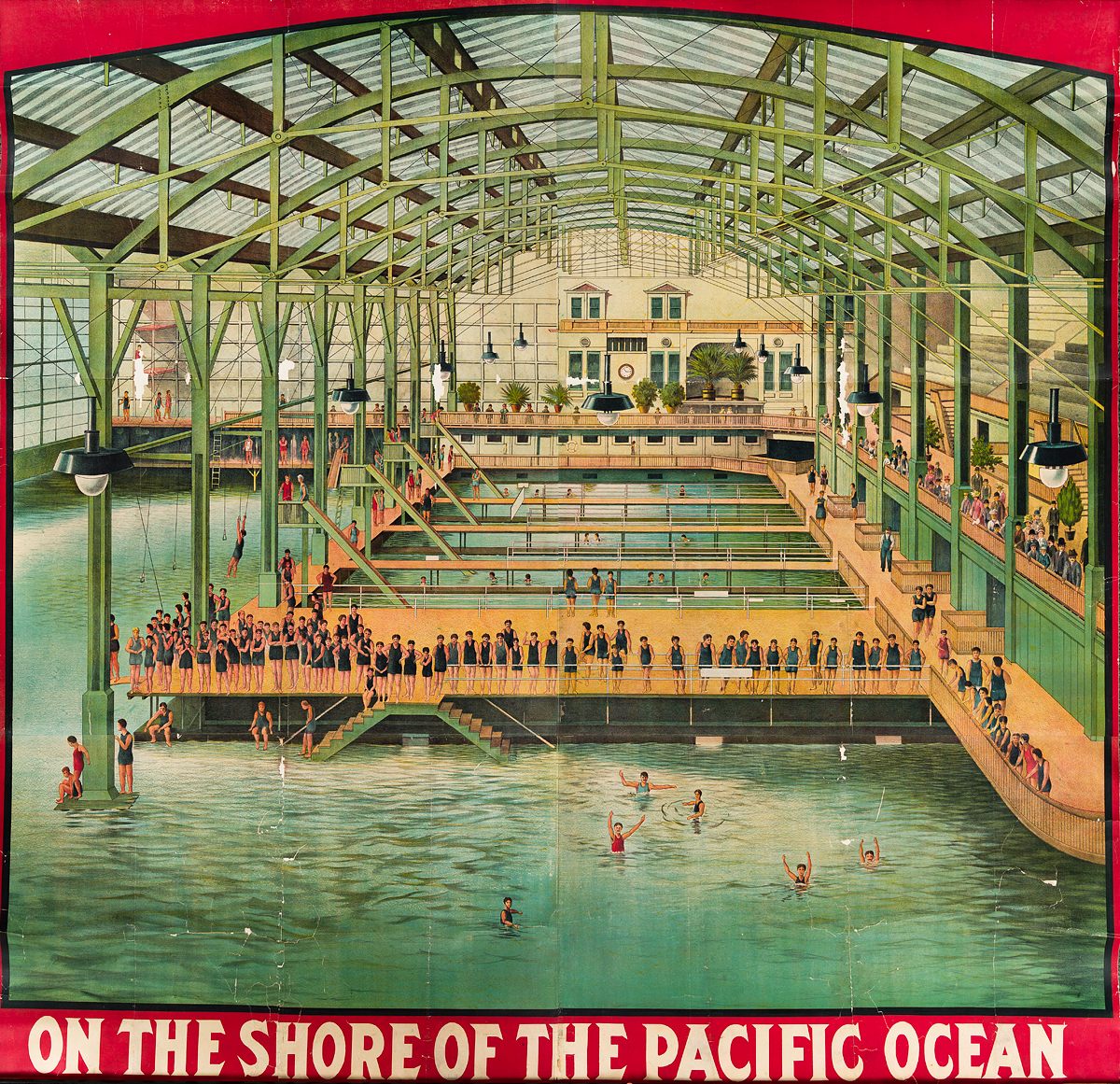
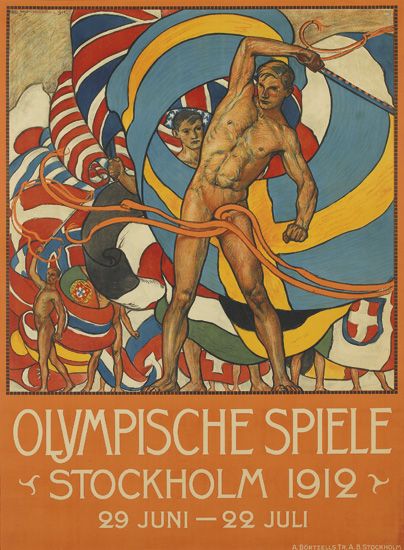














![Grace Meschery-McCormack shares about two copies of Fernando de Rojas’s ‘La Célestine,’ including a limited edition copy illustrated by Pablo Picasso.
At auction April 22. Learn more about the works at the link in our bio.
#Rarebooks #rarebookdealer #antiquarianbooks #auctions
_______________________________________
Music Credit:
Schubert - Piano Quintet in A major ‘The Trout’, D. 667 - IV. Andantino – Allegretto
Music provided by Classical Music Copyright Free on Youtube [https://tinyurl.com/visit-cmcf]
Watch: • Schubert - Piano Quintet in A major ‘...]](https://scontent-iad3-1.cdninstagram.com/v/t51.75761-15/491443494_18499096345036585_5935932878956098058_n.jpg?stp=dst-jpg_e35_tt6&_nc_cat=107&ccb=7-5&_nc_sid=18de74&_nc_ohc=QlZg0o3Vx4oQ7kNvwHlPDYS&_nc_oc=Admkx5CH3-5gNl9kFtE07uGBWzC1TrU8LutoXTk30m77fiWC0m2_oIjIUSQBbJE8mA8&_nc_zt=23&_nc_ht=scontent-iad3-1.cdninstagram.com&edm=AM6HXa8EAAAA&_nc_gid=Mm0XCYJda1GrNQ-o-zW3-A&oh=00_AfKAffFCHHVVu3QWBFJJg8zTBzeoYXhfXI4rRzFLWzULAg&oe=682815D1)
